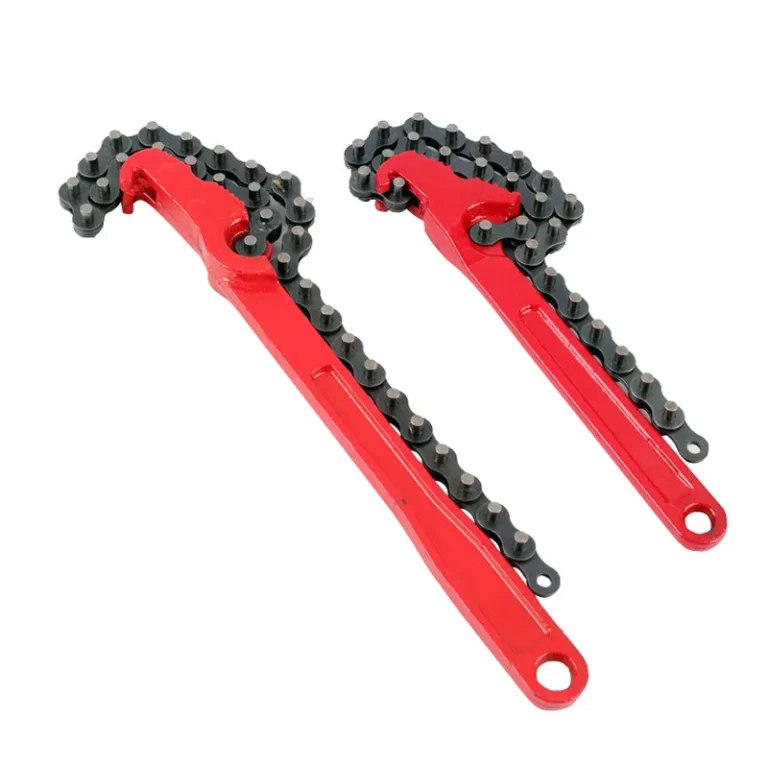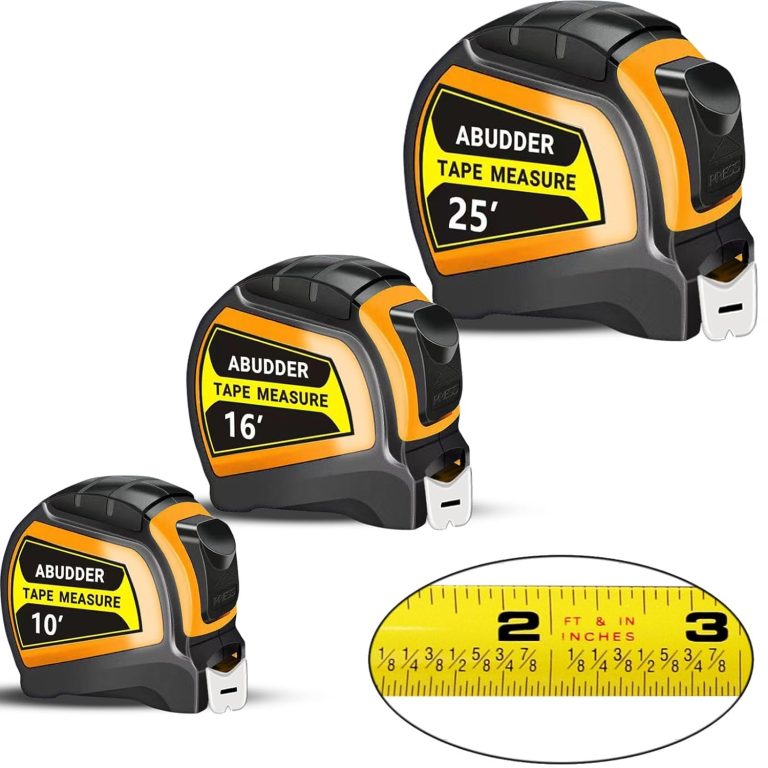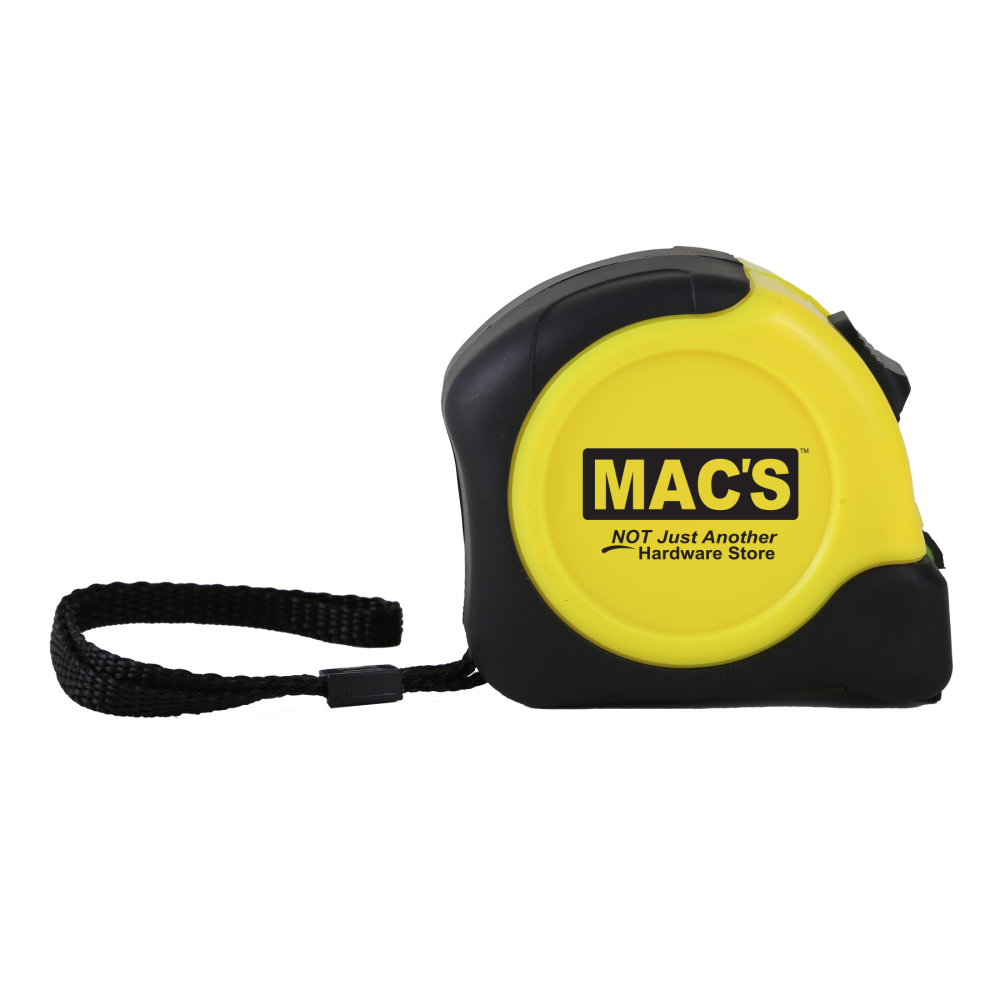
Where is 5/16 on a Tape Measure? Reading Fractions Effectively
When working on projects that require accurate measurements, knowing where is 5/16 on a tape measure becomes essential. Whether you’re a DIY enthusiast, a professional carpenter, or simply tackling a home improvement task, the ability to swiftly locate this specific fraction can enhance both efficiency and precision. This comprehensive guide delves into various strategies and insights to help you master the 5/16 mark on your tape measure, ensuring your measurements are always spot-on.
Navigating the intricate world of tape measure fractions can be challenging. Understanding where is 5/16 on a tape measure simplifies this process significantly.
Breaking Down the 16th Increments
Tape measures often display measurements in fractions, particularly in sixteenths of an inch. Recognizing the pattern of these increments is crucial. Each inch is divided into 16 equal parts, with each division representing 1/16th of an inch.
Locating 5/16 Quickly
To find 5/16, start by identifying the 0-inch mark on your tape measure. From there, count five small lines, each representing 1/16th of an inch. These marks are usually shorter than the larger inch and half-inch markers, making them easier to overlook initially.
Practical Tips for Accurate Reading
- Consistent Practice: Regularly using your tape measure and practicing locating various fractions will build your muscle memory.
- Highlighting the Mark: If you frequently use 5/16, consider highlighting this mark with a permanent marker or colored tape for quicker visibility.
- Visual Reference Points: Use nearby larger markings (like 1/4 or 3/8 inches) as reference points to estimate the 5/16 position accurately.
Precision Measuring Essentials: Locating Odd Fractions on Imperial Scales
Precision is paramount in any measuring task. Knowing where is 5/16 on a tape measure facilitates accurate measurements, especially when dealing with odd fractions in imperial scales.
Understanding Imperial Fractional Measurements
Imperial measurements can sometimes include odd fractions like 5/16. Unlike common measurements such as 1/4 or 1/2, these require a more nuanced understanding of the tape measure’s scale.
Steps to Accurately Identify Odd Fractions
- Familiarize with the Scale: Examine the entire tape measure to understand how the 16th increments align with larger units.
- Count Carefully: Start from a known point, such as 0 or a marked inch, and count each 1/16 increment sequentially.
- Use Increment Labels: Some premium tape measures label each 1/16 increment, making it easier to spot 5/16 without extensive counting.
Enhancing Measurement Precision
Precision measuring tools often come with additional features. Utilizing a tape measure with clear, distinct markings can significantly reduce errors when identifying 5/16 and other similar fractions.
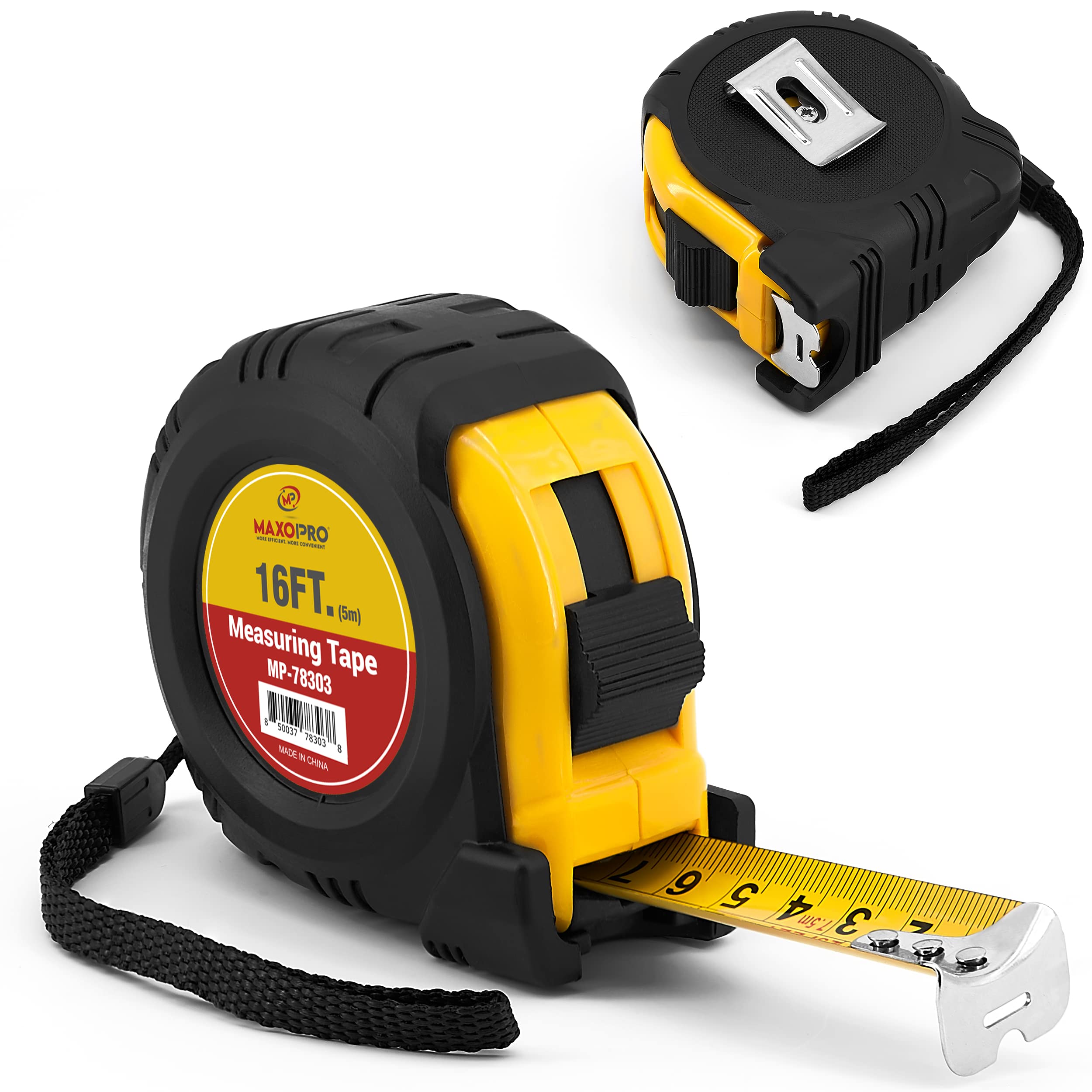 DIYer’s Fraction Finder: Visual Mapping for Common 16th Measurements
DIYer’s Fraction Finder: Visual Mapping for Common 16th Measurements
For DIY enthusiasts, quickly identifying where is 5/16 on a tape measure can streamline project workflows and enhance overall efficiency.
Creating a Visual Map
Developing a mental or physical reference map of your tape measure’s fractional markings can aid in swift identification. Here’s how:
- Identify Key Markings: Note down the positions of common fractions like 1/4, 3/8, and 1/2. Locating 5/16 becomes easier when you have these anchor points.
- Segment the Tape: Divide your tape measure into sections based on these key markings, allowing for quicker scanning and identification.
Practical Applications in DIY Projects
Whether you’re building furniture, installing fixtures, or crafting decorative pieces, recognizing 5/16 quickly ensures your measurements are accurate, reducing waste and improving the quality of your work.
Tools to Assist in Fraction Identification
Using tools like measurement guides or mobile apps designed to assist with tape measure fractions can provide additional support in locating 5/16 and other similar marks efficiently.
Carpentry Measurement Hacks: 5/16 Spotting Without Counting Lines
Carpenters often rely on swift measurement techniques to maintain workflow momentum. Learning where is 5/16 on a tape measure without painstakingly counting each line can be a game-changer.
Quick Reference Techniques
- Proportional Estimation: Knowing that 4/16 is equivalent to 1/4 and 6/16 is 3/8 helps estimate that 5/16 lies exactly between them.
- Visual Patterns: Recognize that every four 1/16 increments correspond to a quarter inch, allowing you to quickly spot 5/16 by its position relative to these larger marks.
Using Dual-Mark Systems
Some tape measures feature dual marking systems, displaying both imperial and metric units. Leveraging these can aid in cross-referencing and verifying the 5/16 position with greater ease.
Maximizing Efficiency in Carpentry Tasks
By incorporating these hacks, carpenters can measure more efficiently, reducing the time spent on verifying measurements and increasing overall productivity.
Dual-Scale Tape Mastery: Cross-Referencing Metric for Fraction Verification
Many advanced tape measures feature dual scales, typically imperial and metric. Mastering this feature can aid in verifying where is 5/16 on a tape measure by cross-referencing with metric measurements.
Understanding Dual-Scale Measurements
Dual-scale tapes present measurements in both decimal and fractional increments on one side and metric units on the other. This duality allows for greater flexibility and accuracy.
Converting 5/16 to Metric
To convert 5/16 inches to millimeters:
- 1 inch equals 25.4 millimeters.
- Therefore, 5/16 inches is approximately 7.94 millimeters.
Cross-Referencing for Accuracy
By comparing the estimated metric measurement to the tape’s metric scale, you can confirm the precise location of 5/16, enhancing measurement reliability.
Benefits of Dual-Scale Tapes
- Enhanced Accuracy: Reduces the likelihood of human error in fractional interpretation.
- Versatility: Suitable for projects requiring both imperial and metric measurements.
- Ease of Use: Simplifies the process of converting measurements without the need for external tools.
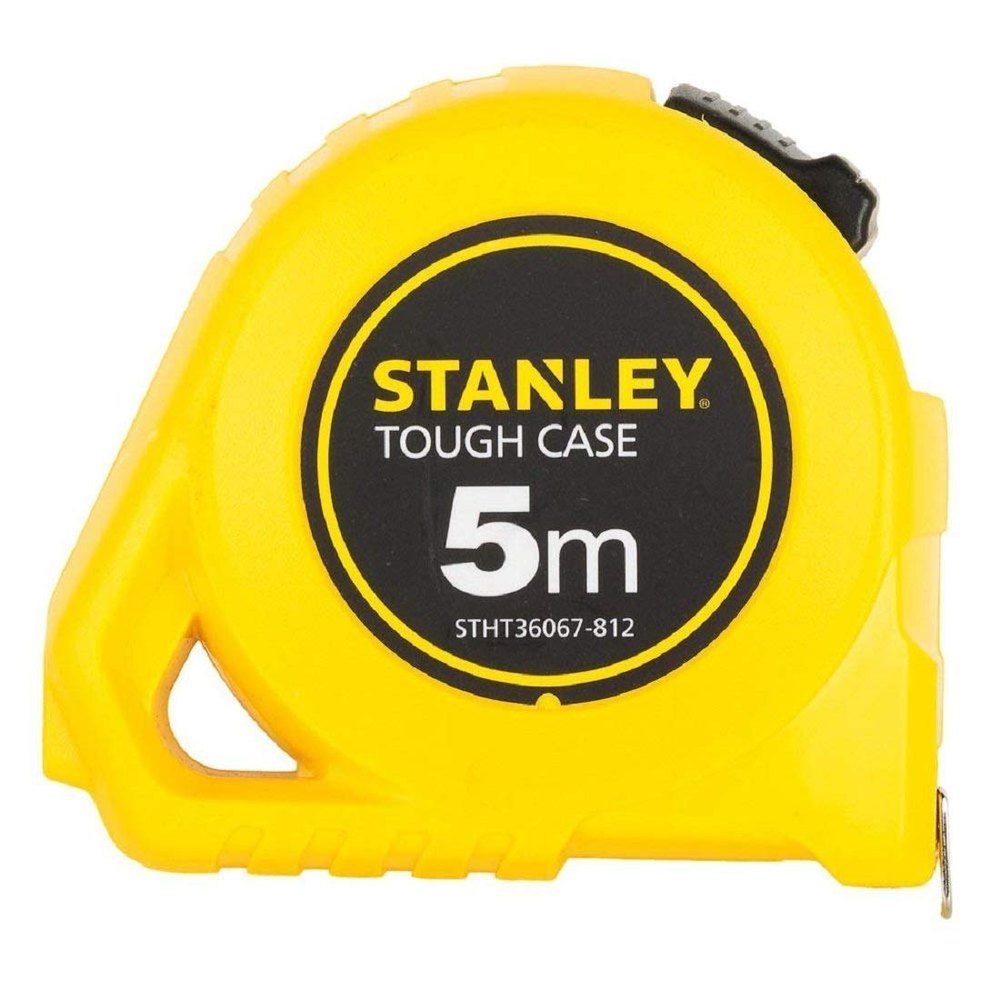 Sheet Metal Fraction Calculator: 5/16 to Decimal Instant Conversion
Sheet Metal Fraction Calculator: 5/16 to Decimal Instant Conversion
In sheet metal work, quick and accurate measurements are crucial. Understanding where is 5/16 on a tape measure and converting it to decimal form can streamline the fabrication process.
Importance of Decimal Measurements in Sheet Metal
Decimal measurements offer greater precision, which is essential in applications where slight variances can result in significant discrepancies.
Converting 5/16 to Decimal
5/16 inches can be converted as follows:
- 5 ÷ 16 = 0.3125 inches.
Utilizing a Fraction Calculator
A fraction calculator simplifies this conversion process, allowing for quick reference and reducing the time spent on manual calculations. This immediacy ensures faster turnaround times in sheet metal projects.
Practical Application in Sheet Metal Work
Accurate decimal measurements are vital when cutting, bending, or fitting sheet metal pieces together, ensuring that all components align perfectly and function as intended.
Aging Eyes Solution: High-Visibility Tapes for Tiny Fraction Markings
As time goes on, tape measures can serve professionals and hobbyists with varying levels of vision. Discovering where is 5/16 on a tape measure can be challenging for those with aging eyes, making high-visibility tapes a valuable solution.
Features of High-Visibility Tape Measures
High-visibility tapes often include:
- Bold Markings: Thicker lines and larger numerals make it easier to identify fractions like 5/16.
- Contrasting Colors: Bright colors against a dark background enhance readability.
- Glow-in-the-Dark Options: Facilitates use in low-light conditions, ensuring measurements remain visible.
Benefits for Users with Visual Impairments
Enhanced visibility reduces strain and the likelihood of measurement errors, providing a more comfortable and efficient measuring experience.
Choosing the Right High-Visibility Tape
When selecting a high-visibility tape measure, consider factors such as the size of the markings, color contrast, and additional features like non-slip grips, which can further aid in precise measurement.
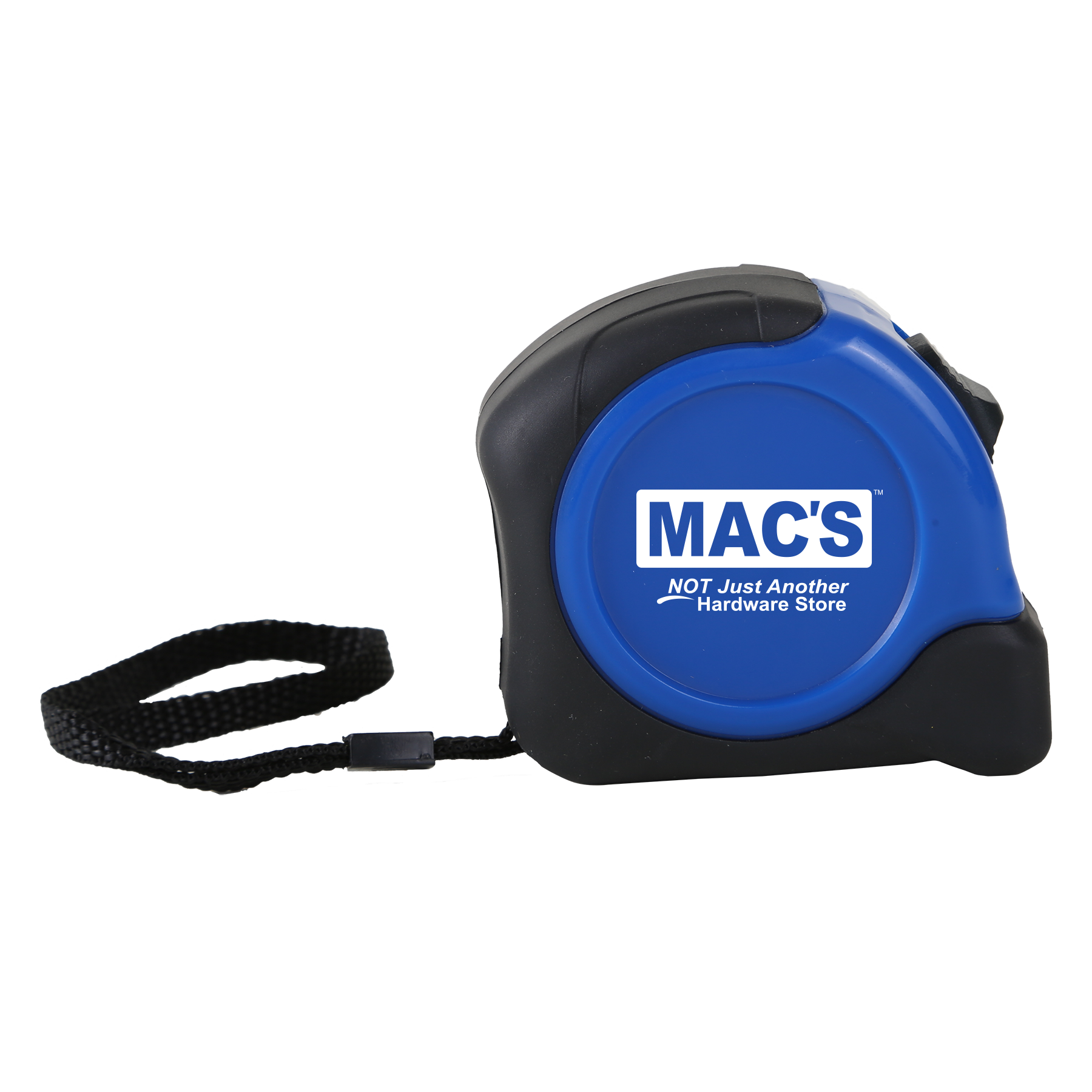 Apprentice Essential Skills: Building Muscle Memory for 16th Increments
Apprentice Essential Skills: Building Muscle Memory for 16th Increments
For those new to measuring, especially apprentices in carpentry or construction, understanding where is 5/16 on a tape measure is a fundamental skill. Developing muscle memory for these 16th increments can significantly enhance measurement efficiency.
The Role of Muscle Memory in Measuring
Muscle memory allows for quick and accurate identification of specific measurements without conscious effort, speeding up the workflow and reducing the likelihood of errors.
Training Techniques for Building Muscle Memory
- Repetition: Regularly practice measuring items using 5/16 and other 16th increments.
- Drills: Create exercises that require you to frequently identify and mark 5/16 positions.
- Visualization: Mentally map out the tape measure, focusing on the location of 5/16 relative to other marks.
Long-Term Benefits for Apprentices
By ingraining these measurements into muscle memory, apprentices can work more swiftly and accurately, laying a strong foundation for their future careers in skilled trades.
Practical Applications: Where is 5/16 on a Tape Measure in Everyday Tasks
Understanding where is 5/16 on a tape measure is not limited to professional settings. This knowledge can be applied to a variety of everyday tasks, enhancing precision in home projects and repairs.
Home Improvement Projects
From hanging shelves to installing door frames, accurately measuring 5/16 inches ensures components fit together seamlessly. This precision prevents gaps and aligns structures correctly.
Crafting and DIY Projects
In crafting, especially when working with materials like wood or fabric, knowing precise measurements like 5/16 inches can make the difference between a professional finish and a subpar result.
Automotive and Electronics Repairs
Precision is crucial in repairs and assembly tasks. Accurately measuring 5/16 inches helps in aligning parts and ensuring proper fitment.
Tools and Accessories to Enhance Measurement Accuracy
To further simplify the process of locating 5/16 on a tape measure, various tools and accessories can be employed, enhancing overall measurement accuracy and efficiency.
Measuring Jigs and Guides
These tools help in maintaining consistent measurements across multiple tasks, reducing the need to repeatedly identify the 5/16 mark manually.
Digital Tape Measures
Modern digital tape measures can display exact fractional measurements, eliminating the guesswork in finding where is 5/16 on a traditional tape measure.
Laser Measurement Tools
Laser measures provide precise measurements without the need for physical tape scales, though having a traditional tape measure available remains beneficial for certain tasks.
Enhancing Learning Through Visual and Practical Exercises
To further master where is 5/16 on a tape measure, incorporating visual and practical exercises can enhance understanding and retention.
Visual Learning Aids
Use diagrams and labeled tape measure images to visually associate the 5/16 mark with its position relative to other fractions.
Hands-On Practice
Engage in real-world measuring tasks, frequently identifying and using the 5/16 mark to build familiarity and confidence.
Collaborative Learning
Work with peers or mentors to practice identifying the 5/16 mark, gaining insights and tips from experienced users.
Leveraging Technology: Digital Aids for Fractional Measurements
Incorporating technology can significantly enhance the process of locating where is 5/16 on a tape measure, providing additional layers of accuracy and convenience.
Measurement Apps
Various smartphone apps are designed to assist with measuring tasks, offering features like fraction to decimal conversions and visual aids to identify specific marks like 5/16.
Digital Calipers
Digital calipers provide precise measurements and can be a valuable tool for tasks requiring high accuracy, complementing traditional tape measures.
Smart Tape Measures
Emerging smart tape measures integrate with digital devices to display measurements in multiple formats, simplifying the identification of fractions like 5/16.
The Importance of Accurate Measurements in Project Success
Accurate measurements, including knowing where is 5/16 on a tape measure, are fundamental to the success of any project. Precision ensures that components fit correctly, reduces material waste, and enhances the overall quality of the work.
Reducing Material Waste
Accurate measurements prevent over-cutting or under-sizing materials, minimizing waste and saving costs.
Enhancing Structural Integrity
Proper measurements contribute to the structural integrity of projects, ensuring stability and durability in the final product.
Achieving Professional Results
Precision in measurements reflects professionalism, resulting in projects that not only function well but also exhibit a high standard of craftsmanship.
 Conclusion: Mastering the 5/16 Mark for Superior Measurement Precision
Conclusion: Mastering the 5/16 Mark for Superior Measurement Precision
In conclusion, knowing where is 5/16 on a tape measure is a fundamental skill that enhances measurement accuracy across various applications. From DIY projects and carpentry to sheet metal work and beyond, the ability to swiftly and accurately locate this specific fraction simplifies workflows, reduces errors, and elevates the quality of your work. By employing the strategies and techniques outlined in this guide, you’ll master the 5/16 mark, ensuring your measurements are always precise and your projects are executed flawlessly.
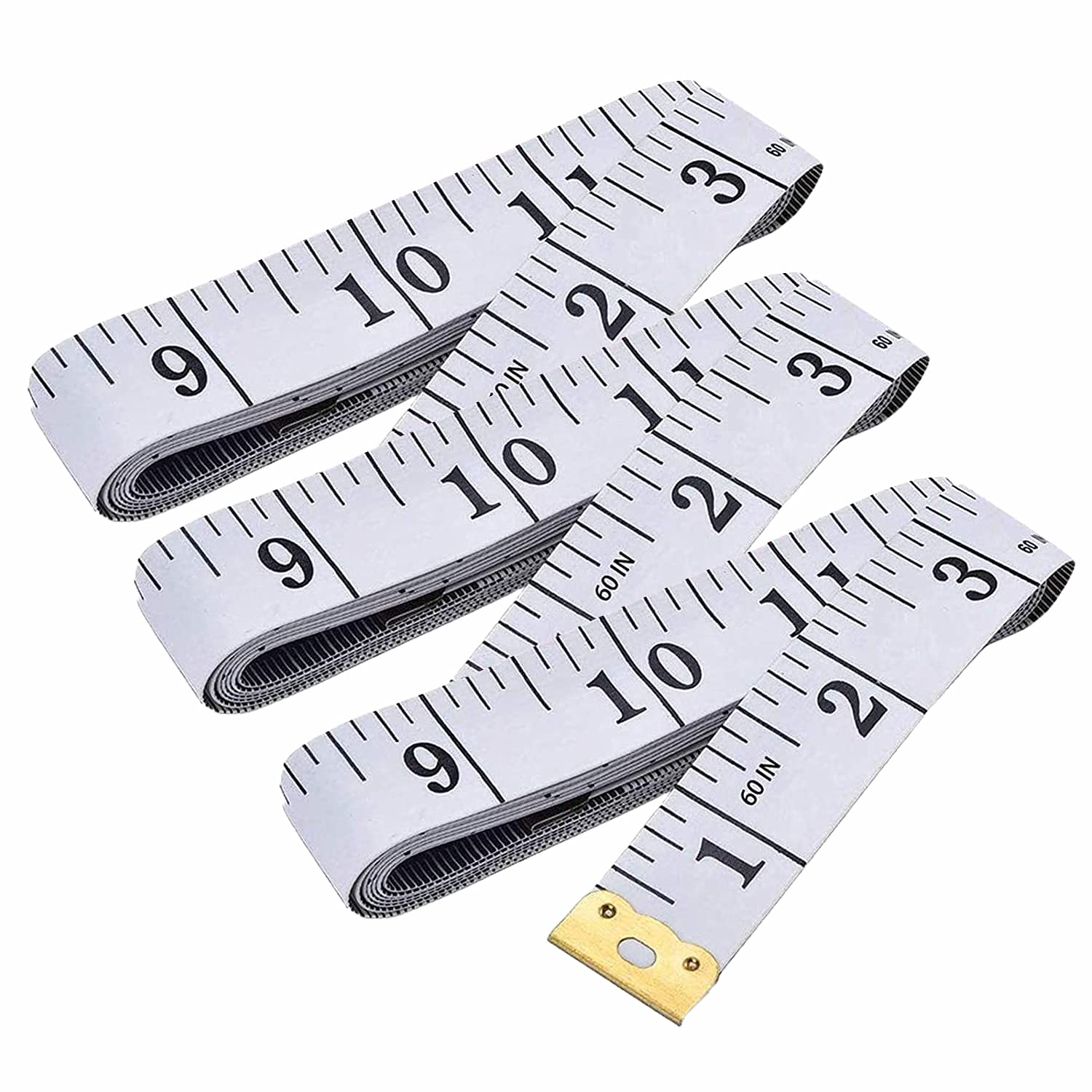 Fractional Markings Demystified: Tape Measure 16th Increment Navigation
Fractional Markings Demystified: Tape Measure 16th Increment Navigation